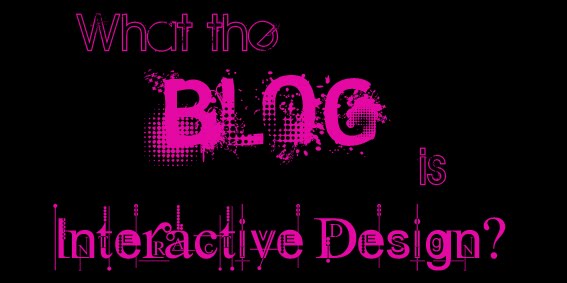Over the years, information and instructional design has varied from simple hospital signs to complex and informative maps. The way designers communicate their ideas vary according to the theme, the audience and the amount of information required to be shown. The most important factors of informational/instructional design is: readability, consistence, balance, simplicity, visual organisation, relevance and context. Although simplicity is not always how information design is created, all other elements are needed to create a successful informational/instructional design.
For example, this design is a very complex design, but nonetheless is informative and includes readability, consistence, balance, visual organisation, relevance and context. The design is informing the audience about FedEx statistics in all parts of the business. It is not simplistic but includes all other important elements and in being complex it draws the audience in to explore this companies day-to-day duties.

Informational design can include passing along company information and statistics as well as explore information and statistics of the world. This design is readable, consistent, balanced, simple, visually organized, relevant and completely in context of the theme of the information.The example below demonstrates how efficient, and visually exciting information design can be:

Visual Tour of What's hot or not




